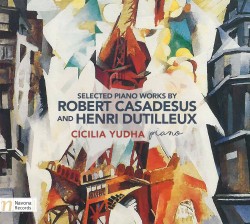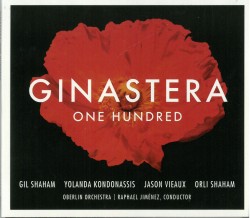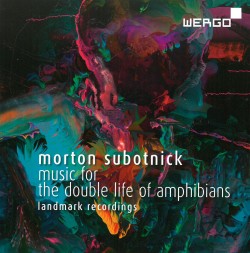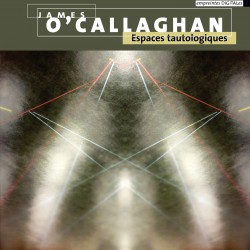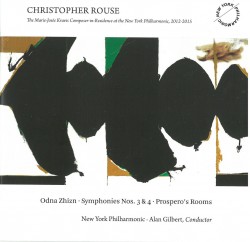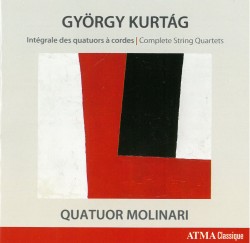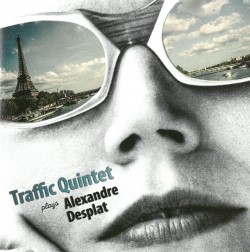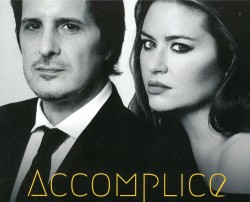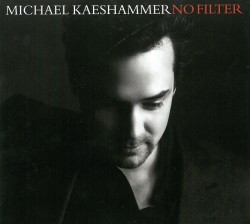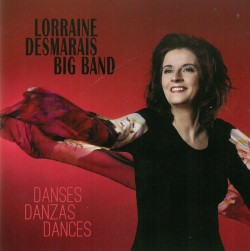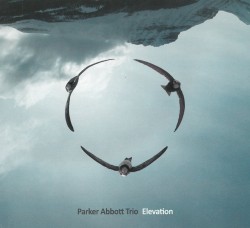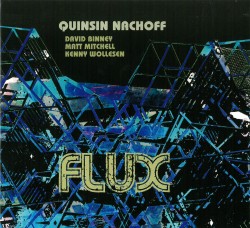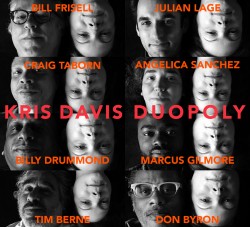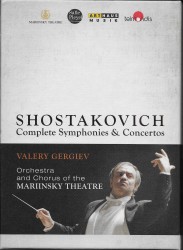 Shostakovich – Complete Symphonies and Concertos
Shostakovich – Complete Symphonies and Concertos
Orchestra and Chorus of the Mariinsky Theatre; Valery Gergiev
ArtHaus Musik/Mariinsky Theatre 107552
(4 Blu-Ray video discs, 100-page Hardcover book, etc.)
These performances took place in the Salle Pleyel, Paris in 2013 and 2014 where they were recorded in concert by a co-production of the Mariinsky Theatre, Mezzo, Euro Media France and France Télévisions.
It seems to me that music of Shostakovich is more popular now than in past decades. I wonder why. Conductor Arturo Toscanini was asked why he didn’t conduct the music of Bruckner. ”It doesn’t beat with my heart,” was his reported answer. I understand that and I wonder if Shostakovich’s popularity now is the corollary. Perhaps the music of Shostakovich is in tune with us more now than in generations gone by. It really doesn’t matter why, but today more people are attracted to the late composer and want to hear more of his music…symphonies, concertos and sonatas.
The above set was released last year and a couple of weeks ago I relented and got myself a copy. I am more than delighted with the whole production, performances, camera work and audio. One thing about the audio: there is a choice of playback, PCM or DTS-HD Master Audio 5.0. The PCM sound is rather disappointingly compressed, clearly for broadcast. The DTS-HD format offers the highest resolution and dynamics, most audible in the percussion. Gergiev prefaces each performance with a short talk on the work. There is also a film A Man of Many Faces, a documentary that explores the composer’s life and work, his triumphs and travails, with much archival footage and an interview with Gergiev.
As for the performances themselves, both symphonies and concertos, there was no “listen to us” impression; they were there for Shostakovich. In the Eighth, my favourite symphony, the earnest perfection of ensemble proves that this orchestra, in this repertoire with this conductor, is probably untouchable. Gergiev was immobilized after the music evaporated. The audience felt it too, as the applause burst out a long 38 seconds after the last note had died away. An extremely moving experience for all. The answer to the usual question about the tempi in the last movement of the Fifth is that he wastes no time.
The exuberant performances of the six concertos are a generous bonus, with Gautier Capuçon and Mario Brunello (cello), Daniil Trifonov and Denis Matsuev (piano), Timur Martynov (trumpet), Vadim Repin and Alena Baeva (violin). The outstanding vocal soloists in the Fourteenth Symphony are Veronika Dzhioeva (soprano) and Mikhail Petrenko (bass).
As a footnote to these performances, there is a synergy between an orchestra working with its resident conductor (unless they hate him or her, as sometimes happens).They are of one mind, so to speak. Audiences try to decode Gergiev’s unusual gestures… the fluttering fingers, for example. The orchestra knows. We have no need to figure it out, although the fluttering fingers is pretty obvious.
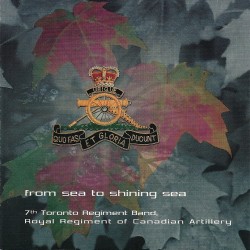 From Sea to Shining Sea
From Sea to Shining Sea


